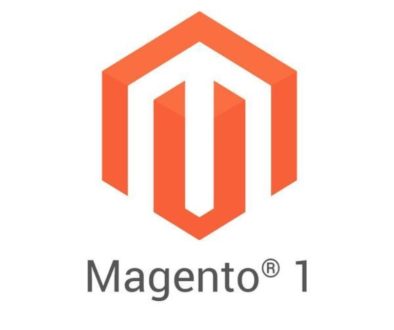Magento Whitepaper – What’s the Purpose?
 Magento Whitepaper – What’s the Purpose?
Magento Whitepaper – What’s the Purpose?
Any working Joe is likely familiar with the term, “whitepaper.” A Magento whitepaper is a technical document that’s published by the seller, which explains a certain technology in order to educate consumers.
A Magento whitepaper is commonly used to describe the theory behind a new technology of computer methodology.
The terminology used may be somewhat technical, but the goal of a white paper is usually to describe the technology or product in terms most people can understand. It explains the company’s position relative to the product and is not typically “fair and balanced.”
This Magento whitepaper documents the exceptional performance that can be achieved by properly optimizing and configuring Magento Enterprise Edition. The resulting optimization not only can contribute to higher conversion rates and support for greater numbers of customers and orders per day, it can also lead to improved hardware efficiency and overall cost savings.
There are, essentially, three main types of commercial Magento whitepapers:
: Describes the technical and/or business benefits of a certain vendor’s offering, either a product, service, or methodology. This type of white paper is best used to supplement a product launch, argue a business case, or support a technical evaluation at the bottom of the sales funnel.
: Presents a set of tips, questions, or points about a certain business issue. This type is best used to get attention with new or provocative views, or cast aspersions on competitors, especially by using FUD.
: Recommends a new, improved solution to a nagging business problem. This type is best used to generate leads at the top of the sales funnel, build mind share, or inform and persuade stakeholders.
You can see an example of the whitepaper being sold on the Magento website.
“This white paper documents the exceptional performance that can be achieved by properly optimizing and configuring Magento Enterprise Edition. The resulting optimization not only can contribute to higher conversion rates and support for greater numbers of customers and orders per day, it can also lead to improved hardware efficiency and overall cost savings.”


